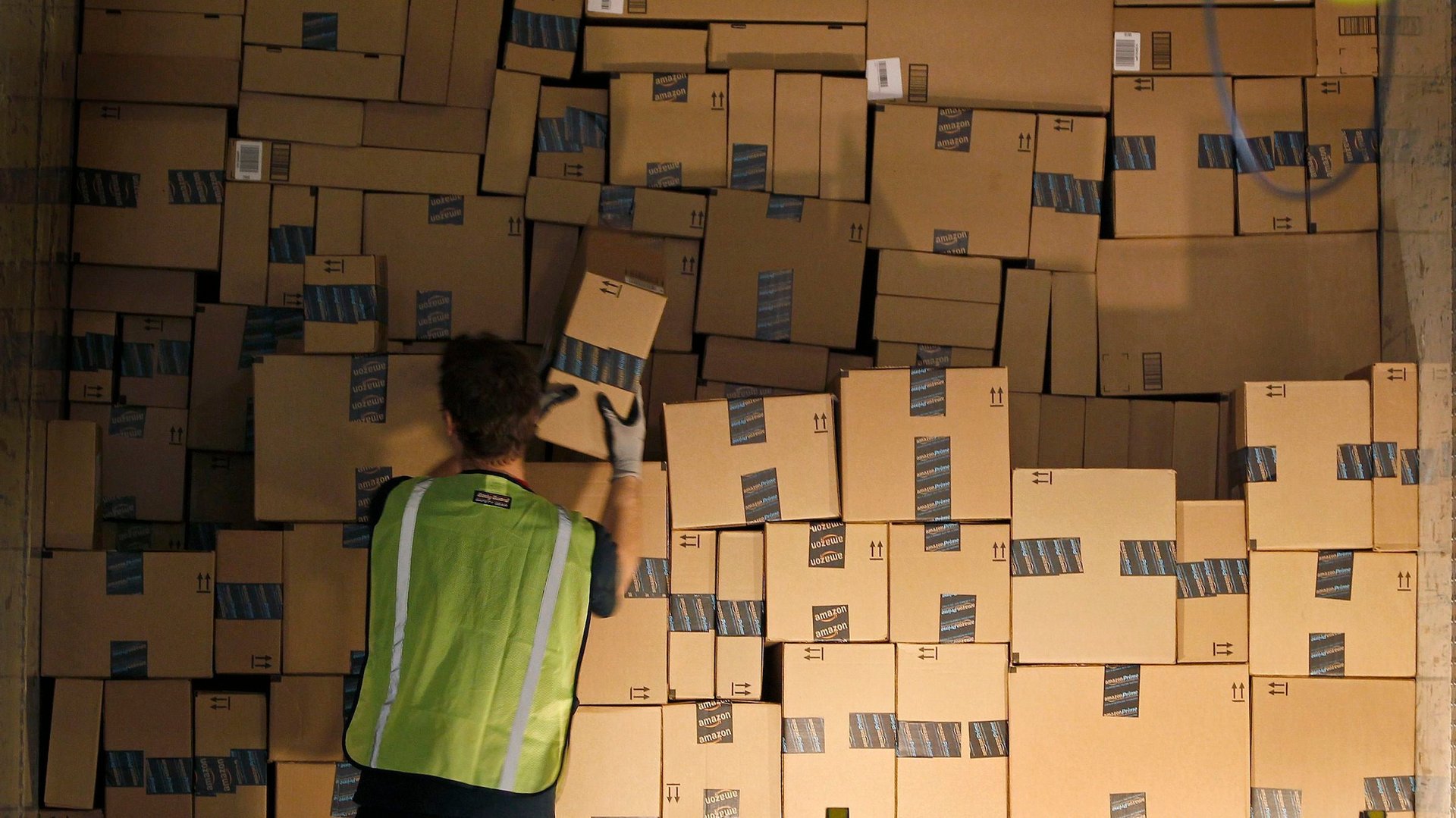The very unscientific tale of how Amazon first set the price of Prime
Amazon Prime, the company’s two-day shipping service, has cost $79 a year in the United States since it was first unveiled in 2005. Now that Amazon is hiking the price by $20, it’s worth revisiting how the original fee was chosen.


Amazon Prime, the company’s two-day shipping service, has cost $79 a year in the United States since it was first unveiled in 2005. Now that Amazon is hiking the price by $20, it’s worth revisiting how the original fee was chosen.
Quite arbitrarily.
Putting a price on Prime was difficult because the company couldn’t predict how people would use it. Amazon didn’t expect Prime to be profitable at first, but didn’t want to hemorrhage money on it, either. Though it would come to be seen as a brilliant customer-loyalty strategy, shipping an unlimited number of packages for a flat annual fee was an untested idea.
Seventy-nine is, of course, a prime number. That’s not coincidental, but was mostly beside the point, according to people involved in Prime’s creation. The name actually referred to the “prime position” in Amazon’s warehouses for goods that were eligible to ship in two days at the flat rate, former Amazon executive Vijay Ravindran tweeted today.
It was “less about math cuteness,” he said.
Amazon considered pricing Prime at $49 or $99. Jeff Bezos, the chief executive, settled on $79 because “it needed to be large enough to matter to customers but small enough that they would be willing to try it out,” writes Brad Stone in his book about the company.
The idea for Prime first came from Amazon engineer Charlie Ward, through an employee suggestion program. Bezos was “immediately enchanted by the idea,” according to Stone, seeing it as an extension of other Amazon innovations that made customers happy, like 1-Click, which cut down the number of steps needed to order online.
“It was never about the $79,” Ravindran is quoting saying in the book. “It was really about changing people’s mentality, so they wouldn’t shop anywhere else.”
That certainly proved true, and Amazon kept the price at $79 even as it added streaming video and e-book rentals to the service. If it had kept pace with US inflation, Prime would cost $94.62 today. Perhaps the clearest sign that it isn’t about prime numbers is that Amazon chose $99 for the new price instead of, say, $97 or $101.
Amazon rolled out Prime to Japan, the United Kingdom, and Germany in 2007; France in 2008; Italy in 2011; and Canada in 2013. Prices vary along with benefits, but they aren’t generally prime numbers. In the UK, however, a recent increase brought the cost of Prime to £79.